

Articles
How To Store Fried Fish
Modified: February 28, 2024
Learn how to store fried fish for later use with these informative articles. Find tips and tricks to keep the fish crispy and delicious.
(Many of the links in this article redirect to a specific reviewed product. Your purchase of these products through affiliate links helps to generate commission for Storables.com, at no extra cost. Learn more)
Introduction
When it comes to enjoying freshly fried fish, we all know that nothing beats the crispy, golden perfection that comes right out of the fryer. However, what do we do when we have leftovers or want to prepare fried fish in advance for a special occasion? Proper storage is key to maintaining the taste, texture, and overall quality of fried fish.
In this article, we will explore the importance of storing fried fish correctly and discuss the factors to consider before storing. We will also look at various methods for storing fried fish, including refrigeration and freezing. Additionally, we will provide some best practices for ensuring the best possible storage outcome and offer tips for reheating fried fish to maintain its deliciousness.
Whether you are a seafood enthusiast or just someone who enjoys a good fish fry, understanding how to store fried fish properly is essential to avoid any potential food waste and ensure a delightful dining experience every time.
Key Takeaways:
- Proper storage of fried fish is crucial to maintain its taste, texture, and safety. Factors like freshness, coating, and seasoning must be considered. Refrigeration and freezing are effective methods for storage, ensuring delightful dining experiences.
- Best practices for storing and reheating fried fish include proper cooling, tight wrapping, labeling, and choosing the right storage location. Reheating with gentle heat, adding moisture, and avoiding overcrowding are essential for preserving the fish’s crispy exterior and delicious flavor.
Read more: How To Reheat Fried Fish In Toaster Oven
Importance of Proper Storage for Fried Fish
Proper storage of fried fish is crucial for several reasons. Firstly, it helps to maintain the quality and taste of the fish, ensuring that it remains fresh and flavorful even after being cooked. Without proper storage, the fried fish can quickly become soggy, lose its crispy texture, and develop off-putting flavors.
Furthermore, storing fried fish correctly can help prevent foodborne illnesses. Fish, like any other perishable food, can harbor bacteria that can multiply rapidly if not stored at the proper temperature. By storing fried fish in the right conditions, you reduce the risk of bacterial growth and subsequent food poisoning.
Another reason why proper storage is essential is to minimize food waste. By storing leftover fried fish properly, you can extend its shelf life and enjoy it for another meal. This not only helps to reduce food waste but also saves you time and money.
Lastly, proper storage practices for fried fish allow you to plan ahead and prepare meals in advance. Whether you are hosting a dinner party or simply looking for a quick and convenient weeknight meal, having fried fish that has been properly stored and can be easily reheated can be a real time-saver.
Overall, understanding the importance of proper storage for fried fish is vital to ensure that you get the most out of your culinary efforts. By maintaining the quality, taste, and safety of the fish, you can savor every bite and experience the true delight of well-prepared fried fish.
Factors to Consider Before Storing Fried Fish
Before you embark on the journey of storing fried fish, there are several factors to consider to ensure optimal results. These factors will help determine the best storage method and guide you in maintaining the quality of the fried fish.
The first factor to consider is the freshness of the fish. It is essential to start with fresh fish when preparing fried fish. Freshness affects both the taste and the shelf life of the fish. Always choose fish that has a bright color, clear eyes, and a mild odor. Avoid using fish that smells overly fishy or has slime on the skin.
Another factor to consider is the type of coating used for frying the fish. Different coating options, such as breadcrumbs or batter, may have different textures and moisture levels. It is important to note that some coatings may not retain their crispiness as well as others when stored. Consider opting for coatings that have a better chance of staying crispy, especially if you plan to store the fried fish for an extended period.
The size and thickness of the fried fish also play a role in storage. Thicker fillets or whole fish may retain heat for longer, potentially leading to a longer cooling time. It is crucial to allow the fried fish to cool down properly before storing, as storing it while still hot can result in moisture buildup and sogginess.
Furthermore, consider the seasoning and sauce used in the fried fish. Some seasonings and sauces may not hold up well during storage or may become too intense in flavor over time. Consider adjusting the seasoning or reducing the amount of sauce before storing to avoid overpowering the taste of the fish when reheated.
Lastly, consider the quantity of fried fish you are storing. If you are storing a large amount, it may be more convenient to divide it into smaller portions before storing. This way, you can easily thaw or reheat exactly what you need without compromising the quality and taste of the remaining fish.
By taking these factors into account before storing fried fish, you can ensure that you are setting yourself up for successful and enjoyable future meals.
Methods for Storing Fried Fish
Now that we have considered the important factors, let’s explore the different methods available for storing fried fish. Depending on your needs and preferences, you can choose between refrigeration or freezing for preserving the fried fish.
Refrigerator Storage: The refrigerator is the most common method for short-term storage of fried fish. To store fried fish in the refrigerator, follow these steps:
- Allow the fried fish to cool down completely to room temperature.
- Wrap the individual pieces or the entire batch of fried fish tightly in plastic wrap or aluminum foil.
- Place the wrapped fish in an airtight container or a resealable plastic bag.
- Label the container or bag with the date to keep track of its freshness.
- Store the fish in the refrigerator for up to 2-3 days.
Freezer Storage: If you want to store fried fish for a longer period, freezing is the best option. Freezing preserves the quality of the fish and extends its shelf life. Here is how to freeze fried fish:
- Allow the fried fish to cool down completely to room temperature.
- Wrap each piece of fried fish tightly in plastic wrap or place them in individual freezer-safe bags.
- For additional protection, place the individually wrapped fish pieces in a freezer-safe container or resealable bag.
- Label the container or bag with the date and the contents.
- Place the container or bag in the freezer and store for up to 1-2 months for better quality.
By using these storage methods, you can preserve the freshness and texture of your fried fish, allowing you to enjoy it at a later time without compromising its taste.
Refrigerator Storage
Refrigerator storage is the go-to method for preserving fried fish for a short period, typically up to 2-3 days. While it may not offer long-term preservation like freezing, it is ideal for those who plan to consume the fish within a few days.
When storing fried fish in the refrigerator, it is important to follow these steps to maintain its quality:
- Allow the fried fish to cool down completely before storing. Placing hot fried fish directly in the refrigerator can cause condensation, leading to a loss of crispness and sogginess.
- Wrap the individual pieces or the entire batch of fried fish tightly in plastic wrap or aluminum foil. This helps to prevent any exposure to air, which can cause the fish to dry out.
- Place the wrapped fish in an airtight container or a resealable plastic bag. This provides an extra layer of protection against moisture and odors from other foods in the refrigerator.
- Label the container or bag with the date to keep track of its freshness. This ensures that you use the fish within the recommended time frame.
- Store the fish in the coldest part of the refrigerator, such as the bottom shelf or the deli drawer. Avoid placing it near strong-smelling foods, as fried fish can easily absorb odors.
It is worth noting that while refrigerator storage is convenient, the texture and crispiness of fried fish may diminish over time. It is best to consume the fish within the first 24 to 48 hours for the best taste and texture.
When reheating the refrigerated fried fish, it is important to do so properly to prevent it from becoming dry or losing its flavor. Preheat the oven to a low temperature, around 300°F (150°C), and place the fish on a baking sheet. Heat it for about 10 to 15 minutes until it is heated through. Alternatively, you can use a skillet with a small amount of oil to crisp up the fish for a few minutes on each side.
By following these guidelines, you can enjoy your refrigerated fried fish without compromising its quality and taste.
After frying the fish, let it cool completely before storing. Place it in an airtight container or wrap it tightly in foil or plastic wrap. Store in the refrigerator for up to 3 days.
Read more: How To Store Fish While Fishing
Freezer Storage
If you want to store fried fish for a longer period, freezer storage is the best option. Freezing preserves the quality of the fish and extends its shelf life, allowing you to enjoy it at a later date.
Follow these steps for proper freezer storage of fried fish:
- Allow the fried fish to cool down completely to room temperature. Placing hot or warm fish in the freezer can lead to excess moisture and freezer burn.
- Wrap each piece of fried fish tightly in plastic wrap or place them in individual freezer-safe bags. This helps to prevent any air exposure and protects the fish from freezer burn.
- If desired, place the individually wrapped fish pieces in a freezer-safe container or resealable bag for additional protection. This helps to keep the fish organized and prevents it from getting crushed in the freezer.
- Label the container or bag with the date and the contents. This ensures that you can keep track of the storage time and easily identify the fish in the freezer.
- Place the container or bag in the freezer and store for up to 1-2 months for optimal quality. It is best to consume the fish within this timeframe to ensure the best taste and texture.
Freezing fried fish allows it to retain its flavor and texture, making it a convenient option for future meals. However, it is important to note that freezing may cause the fish to lose some of its crispiness. To help restore the crispy texture, consider reheating the thawed fish in the oven or on the stovetop using a small amount of oil.
When thawing frozen fried fish, it is best to do so in the refrigerator overnight. This gradual thawing minimizes moisture loss and helps maintain the quality of the fish. Once thawed, you can proceed to reheat the fish using your preferred method.
By following these freezer storage guidelines, you can enjoy the convenience of having fried fish readily available whenever a craving strikes, ensuring that its taste and texture remain intact.
Best Practices for Storing Fried Fish
To ensure the best possible outcome when storing fried fish, it is important to follow some best practices. These practices will help maintain the quality, taste, and safety of the fish, allowing you to enjoy it to the fullest.
Here are some key best practices for storing fried fish:
- Cool the fried fish properly: Allow the fried fish to cool down completely to room temperature before storing. This prevents condensation and helps maintain its crispiness.
- Wrap it tightly: Whether you’re using plastic wrap or aluminum foil, make sure to wrap each piece of fried fish tightly. This helps prevent exposure to air and keeps the fish from drying out.
- Choose appropriate storage containers: Use airtight containers or resealable plastic bags for storing fried fish. These containers help seal in freshness and protect the fish from odors in the refrigerator or freezer.
- Label and date: Always label your containers or bags with the date of storage. This will help you keep track of how long the fish has been stored and ensure that you use it within the recommended timeframe.
- Store in the right location: In the refrigerator, store fried fish in the coldest part, such as the bottom shelf or the deli drawer. In the freezer, place it in an area where the temperature remains consistently cold, such as the back of the freezer.
- Avoid overcrowding: When storing fried fish, make sure not to overcrowd the container or freezer bag. Overcrowding can lead to the fish sticking together, resulting in loss of crispness and potential damage to the coating.
- Consume within recommended timeframes: Both refrigerated and frozen fried fish have recommended storage timeframes. Consume the fish within these timeframes to ensure optimal taste and quality.
- Use proper thawing methods: If you’re freezing fried fish, thaw it properly by placing it in the refrigerator overnight. Avoid thawing at room temperature, as this can lead to moisture loss and potential bacterial growth.
By following these best practices, you can maximize the freshness and flavor of your stored fried fish, ensuring a delightful dining experience whenever you decide to enjoy it.
Tips for Reheating Fried Fish
Reheating fried fish properly is crucial to retain its crispy exterior and delicious flavor. Here are some tips to ensure that your reheated fried fish stays moist and maintains its desirable texture:
- Preheat the oven: For the best results, preheat your oven to a low temperature, such as 300°F (150°C). This gentle heat will help warm the fish without drying it out.
- Use a wire rack: Place a wire rack on top of a baking sheet and arrange the fried fish on the rack. This allows the hot air to circulate around the fish, promoting even heating and maintaining its crispiness.
- Avoid microwaving: Microwaving can make the fried fish soggy. While it may be a convenient option, it often leads to a loss of the desired texture. It is best to use alternative reheating methods.
- Add moisture: To prevent the fish from becoming dry during reheating, you can add a small amount of moisture. Sprinkle a few drops of water or lemon juice over the fish before placing it in the oven. This helps to retain moisture and keep the fish tender.
- Reheat in intervals: Instead of reheating the fried fish continuously, try reheating it in short intervals. Check the fish periodically to avoid overcooking. This method ensures that the fish is heated through evenly without becoming overly dry.
- Consider using a skillet: If you prefer a crispy exterior, you can use a skillet instead of the oven. Heat a small amount of oil in a skillet over medium heat and gently reheat the fish on each side for a few minutes. This method helps to restore the crispness of the fish.
- Serve immediately: Once the fried fish is reheated, serve it immediately to enjoy its texture and flavor at its best. Delaying serving time can cause it to cool down and potentially lose its desirable characteristics.
Remember, reheating fried fish can result in a slight loss of crispness compared to when it was freshly fried. However, by following these tips, you can maintain its taste and texture as closely as possible.
Always exercise caution when reheating fried fish by using appropriate equipment and following recommended cooking times. Enjoy your reheated fish as soon as possible to fully appreciate its warmth and deliciousness.
Conclusion
Properly storing fried fish is essential to maintain its taste, texture, and quality. Whether you have leftovers or want to prepare fried fish in advance, understanding the right storage methods is key to ensuring an enjoyable dining experience.
In this article, we discussed the importance of storing fried fish correctly to preserve its freshness, prevent foodborne illnesses, minimize food waste, and provide convenience for future meals. We explored the factors to consider before storing, such as the freshness of the fish, the type of coating used, the size and thickness of the fish, and the seasoning or sauce applied.
We also delved into the methods for storing fried fish, including refrigerator storage for short-term preservation and freezer storage for longer periods. We outlined the steps for each method to help you achieve the best results.
Additionally, we shared some best practices for storing fried fish, including cooling it properly, wrapping it tightly, labeling and dating the containers, and storing it in the appropriate location. These practices will help maintain the quality and freshness of the fish during storage.
Lastly, we provided useful tips for reheating fried fish, emphasizing the importance of gentle heat to preserve its crispy exterior and moisture. We suggested methods such as oven reheating with a wire rack, avoiding microwaving, adding moisture, reheating in intervals, and considering skillet reheating for extra crispness.
By following these guidelines and incorporating these best practices, you can extend the shelf life of your fried fish, prevent food waste, and enjoy the delectable flavors of fried fish anytime you desire.
Remember, safety is paramount when storing and reheating food. Always ensure that the fish is stored at proper temperatures and reheated to the recommended internal temperature before consuming.
So, the next time you have leftover fried fish or plan to prepare it in advance, make sure to store it properly and follow these tips for reheating. With the right storage and reheating techniques, you can savor every bite of that crispy, flavorful fried fish, whether it’s straight out of the fryer or stored for later enjoyment.
Frequently Asked Questions about How To Store Fried Fish
Was this page helpful?
At Storables.com, we guarantee accurate and reliable information. Our content, validated by Expert Board Contributors, is crafted following stringent Editorial Policies. We're committed to providing you with well-researched, expert-backed insights for all your informational needs.


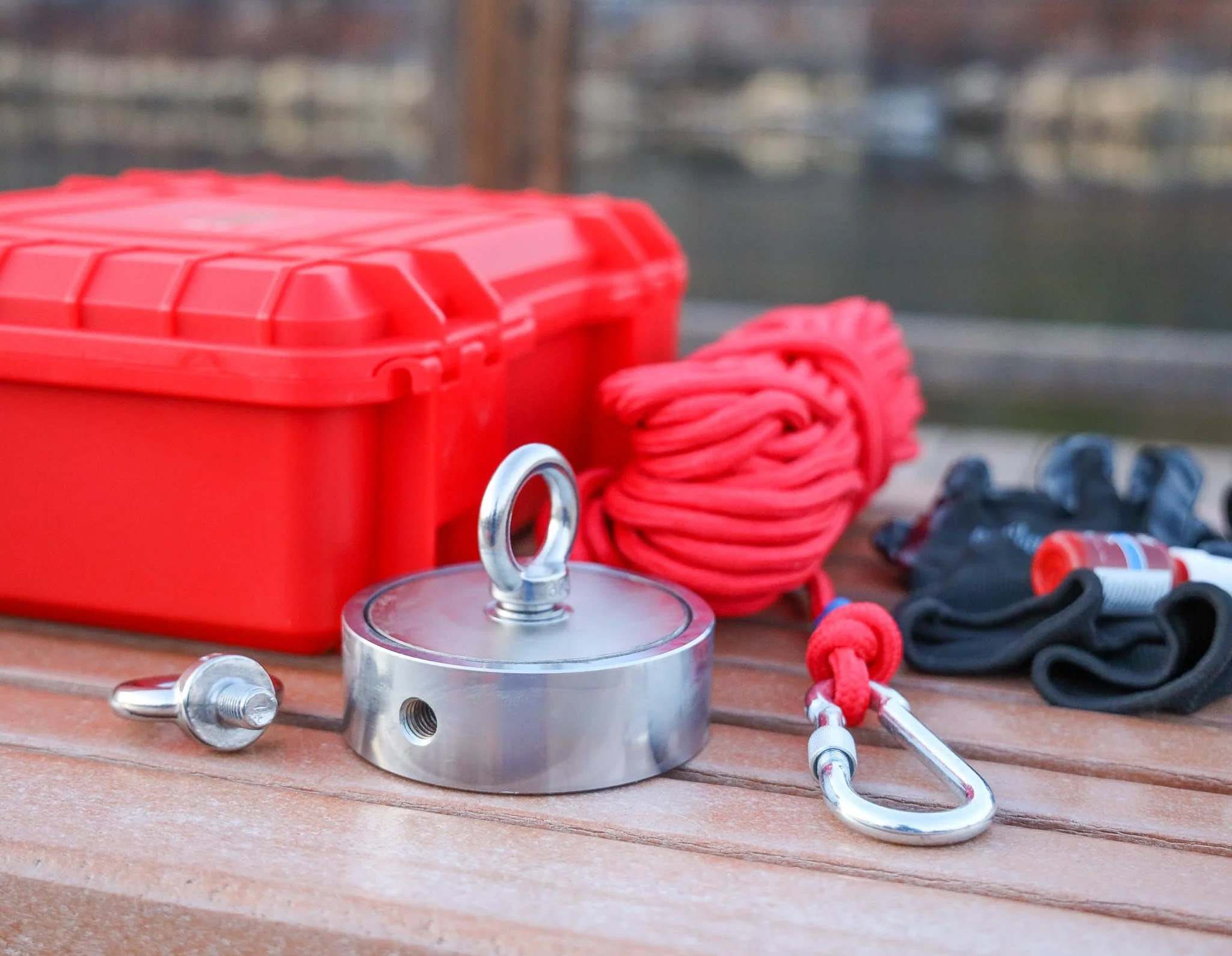



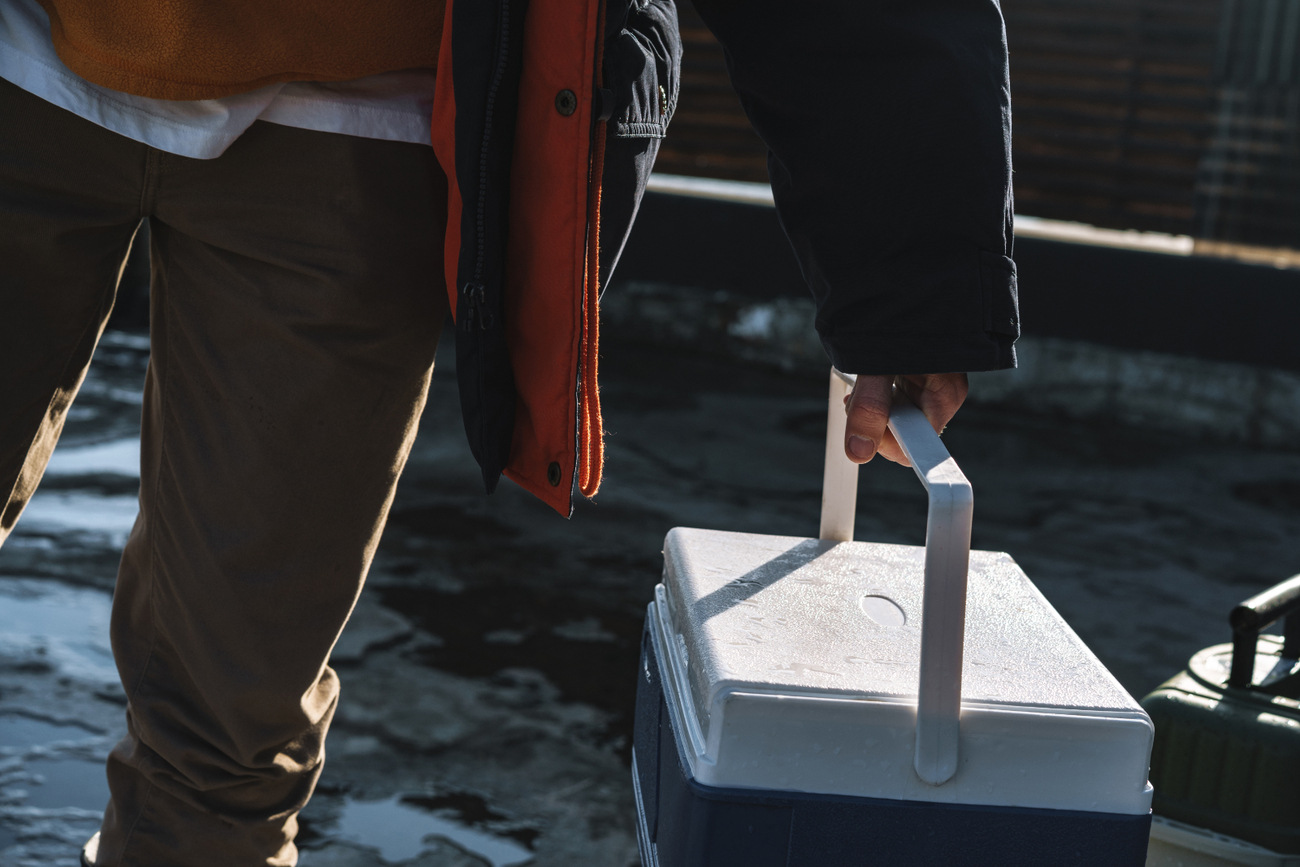
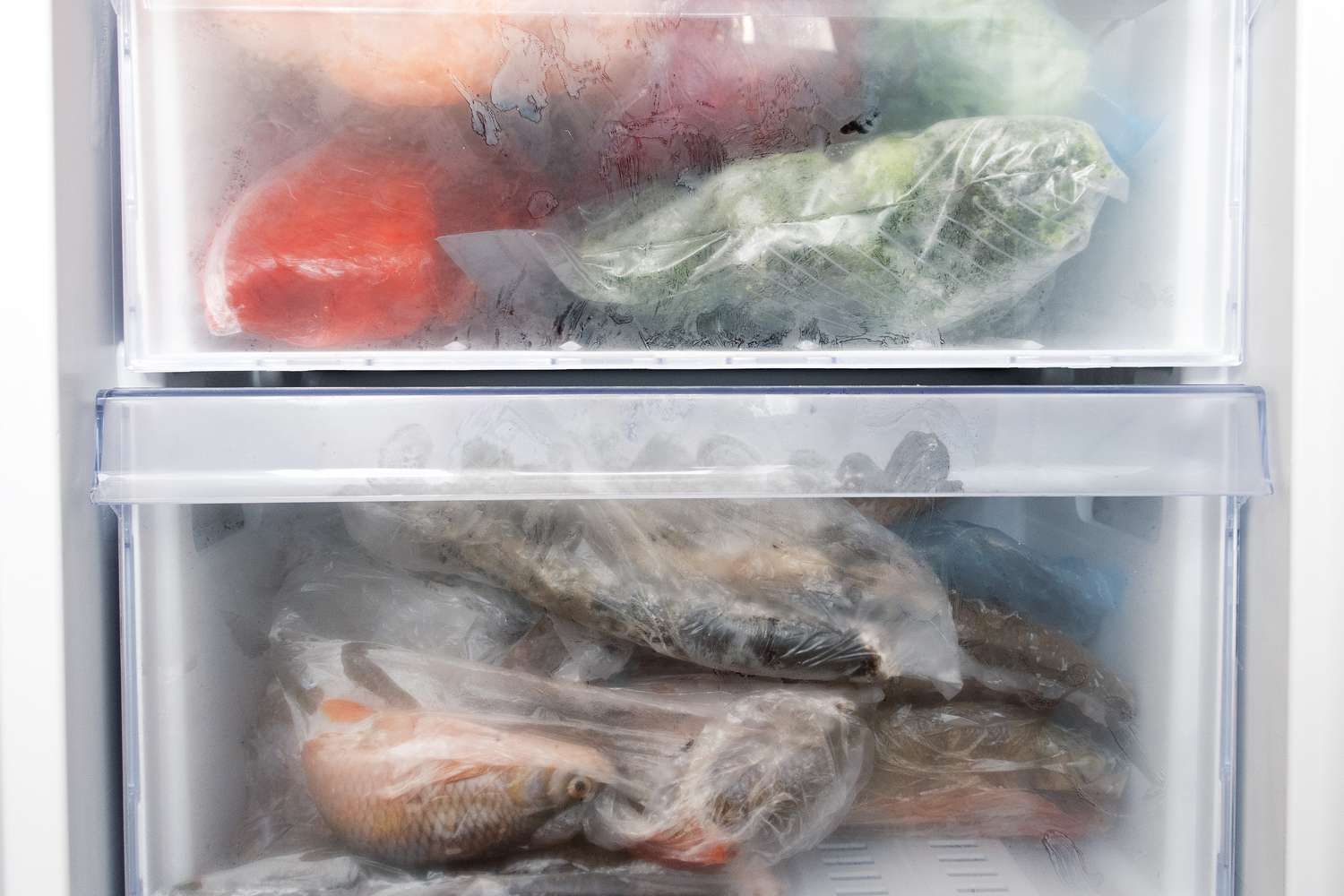

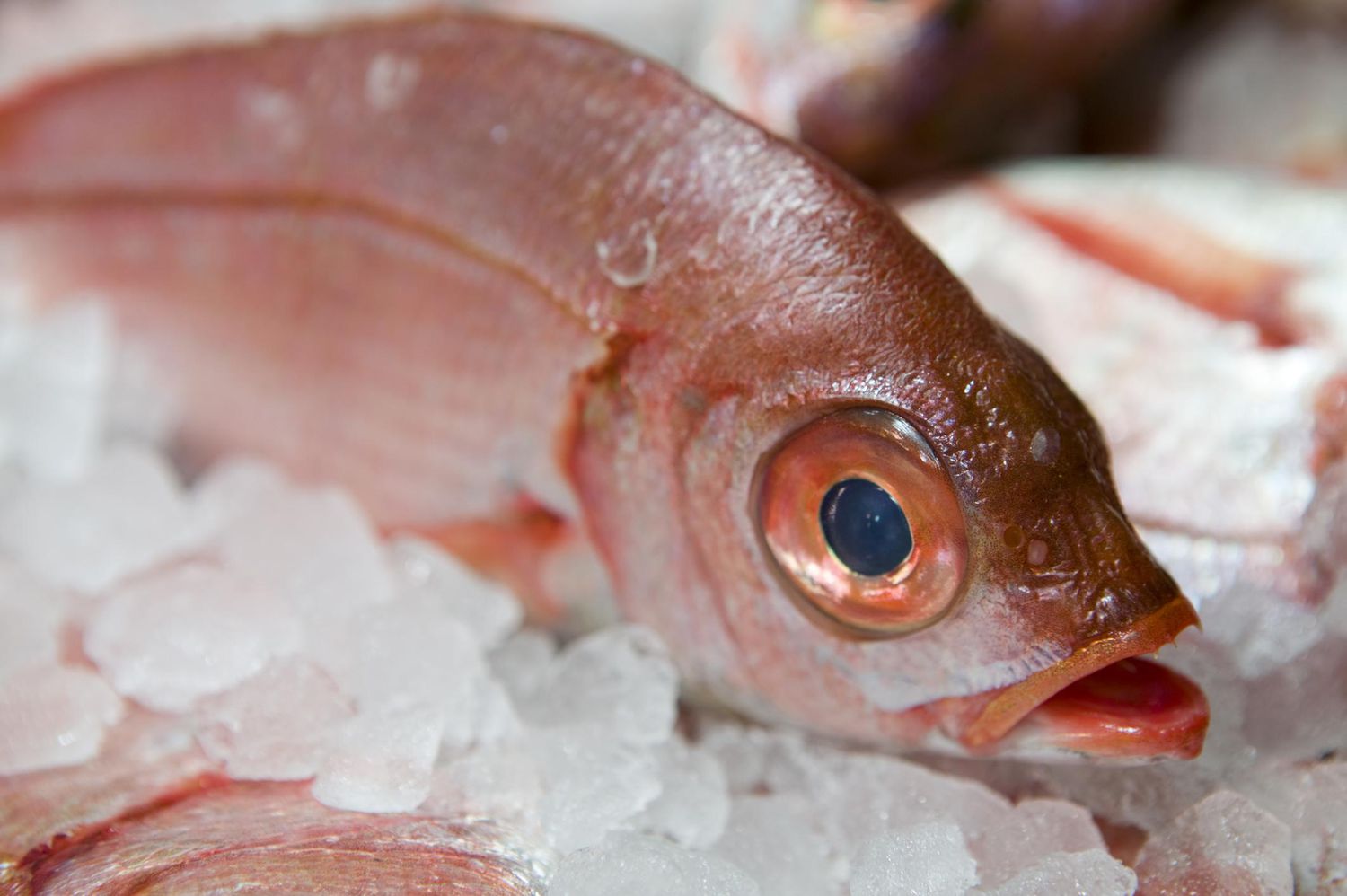
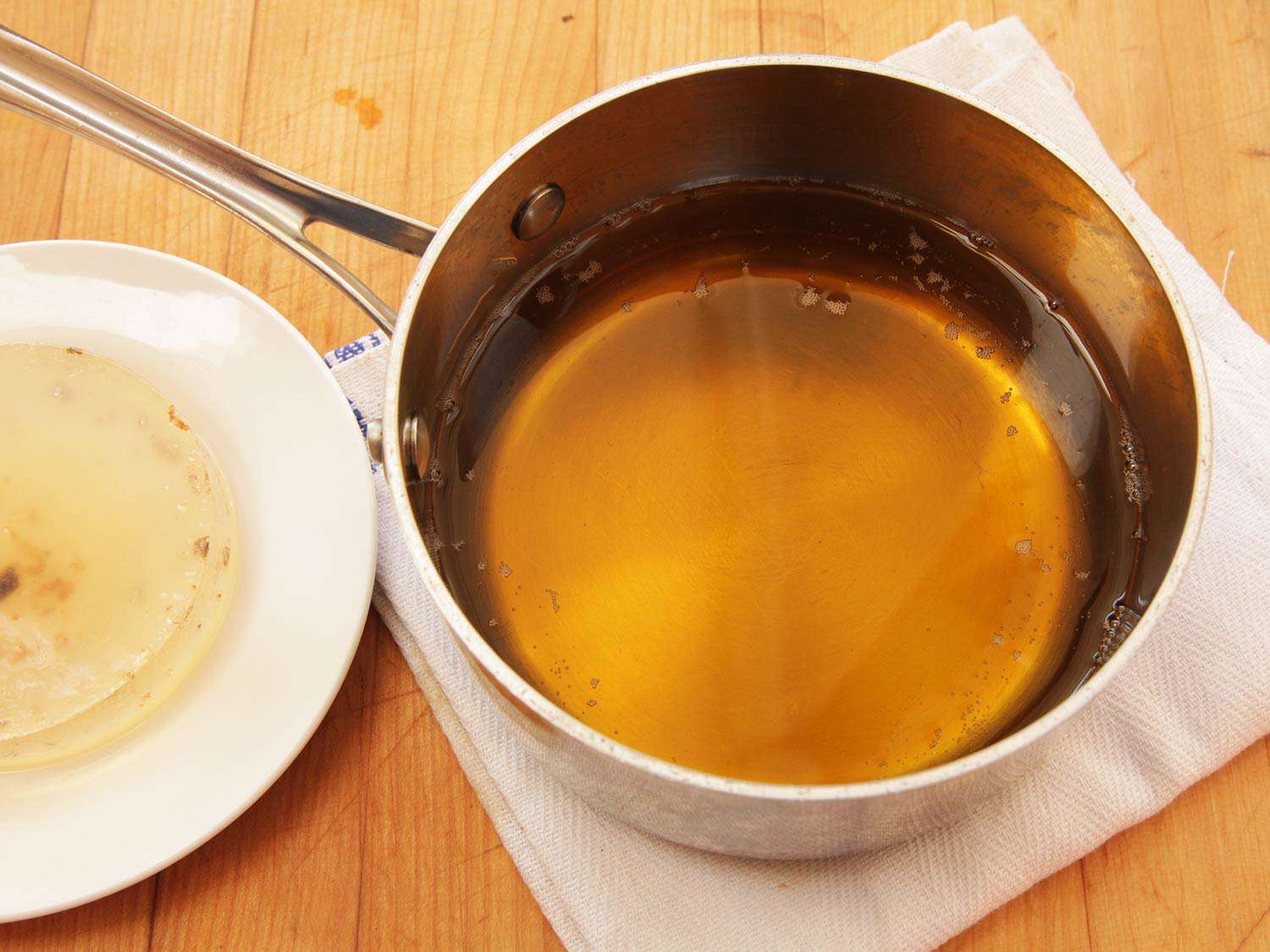




0 thoughts on “How To Store Fried Fish”